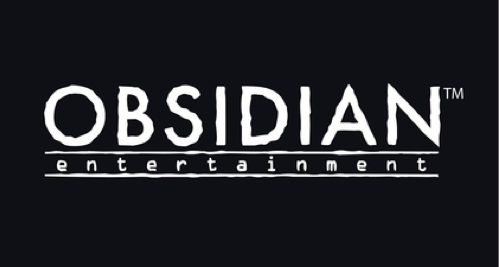Chris Avellone kept his word and introduced me to two of the producers at Obsidian. Recently I enjoyed a casual conversation with South Park: The Stick of Truth lead producer Matthew Singh.
During our phone conversation I asked Matthew many questions regarding how a graduate could break in to the games industry. Specifically, I was asking in regards to the American industry which I will be exploring next year, and quickly into our conversation I realised that – because the American industry was so much different to Australia – I had a lot more to learn.
Matt had found his way into his producer role at Obsidian via a history of animation and quality assurance. He explained to me that while he started his producer experience as a QA tester and lead, it was not necessarily the only way one could pursue this position. There are many opportunities for production interns amongst various studios. I understood the benefits of QA however, because it allowed a prospective employee to first gain an ability to criticise constructively and specifically the certain points which may or may not work in a game.
He stressed the need for a producer to be specific when offering advice, either positive or negative, to fellow workers in a studio, and when commenting on their work. Of course, that producer needs to balance the budget, milestones and other constraints against the interests and desires of designers and artists in the team. He joked that often the producer can find themselves the ‘enemy’, but so long as the team they are managing are compromising, understandable, and mature about the need to complete the project within its limitations, that is usually not the case. He offered a nice piece of advice: “better to deliver a game on time and within budget that is shaved down to its bare necessities and core mechanics, than to deliver a huge and immaculate game that is out of time and budget”.
Often during the concept stage, designers brainstorm incredible ideas that sound amazing and awesome, but realise quickly that they are way out of the team’s league if they were to produce within the milestones. The producer has the job (besides the messy book-keeping and deadline structure which no one likes) to discuss how such mechanics can be shaved down in order to make the game better and more enjoyable or to introduce more efficient ideas which will benefit the project and the player’s experience.
I discovered that I needed to change my perspective if I were to wander around America next year. Up until now, I had always been of the view that a producer does multiple and many diverse tasks that are business-inclined. From what has been mentioned above, all the way to the financing, marketing and book keeping which the art and design departments are not responsible for. The reason for such a view is due to the fact that whilst at uni over the past 3 years, I have been exposed to and taught about the climate of Australia’s industry, in which indie studios have been forced to survive rather than massive AAA studios. As a result, there are usually only 5 or 6-man teams, and thus the sole producer in such teams has the responsibility to take on everything else that the artist and designers do not, right down to the marketing strategies and website maintenance. In America’s significantly larger industry, this is definitely not the case, and a producer therefore has a far more specific role.
Matthew took note of this and suggested that I start exercising my skills in constructive criticism and how a game can be improved beyond its current state. Constant iteration is the key. He suggested I think more about what I like and don’t like about certain mechanics and design decisions when playing a game, and to be very specific about it. This doesn’t mean I have to become an instant QA tester, but rather to adopt some QA skills that could add to my production portfolio. I acknowledged that learning at RMIT University had significantly impaired my opportunity to actually play games when I have spent the past 3 years working on them, and this placed me at a disadvantage; there are so many games now which I have to catch up on and appreciate inside and out. From now on, my study involves broadening my understanding of the games available, and the various mechanics explored both past and present.
As a result, I have since constructed a journal of notes which I write whilst playing a game. In the past two weeks I have realised how much I could regurgitate and say about all the little details that I spot that either satisfy me or frustrate me. Previously, I could only really say something along the lines of ‘oh I just didn’t like this game because it annoyed me for these basic reasons’, which was certainly not as legitimate. Now, my notes comprise of very specific issues right down to the pace, visual and audio cues, lighting and shadows, attention to detail, story, characters, impressions, themes, combat systems, controls, user interface and heads-up display, response time, difficulty, the list goes on. In some cases I have written pages and pages on just one game. I have decided that I will write up all these notes in blog entries on this website in the future.
Our conversation ended with promise to keep in touch and to maintain good correspondence in which Matt would assist me with any questions I have. The level of excitement for next year has only multiplied tenfold!




Recent Comments